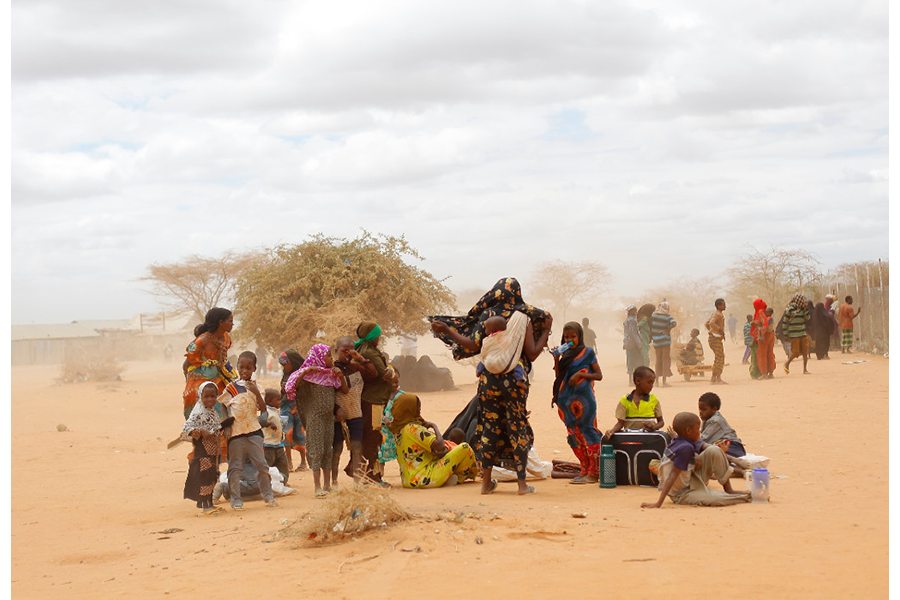Kenya yields to pressure, delays closure of world’s largest refugee camp
Loading...
Outside of Dadaab, a semi-arid town in eastern Kenya near the border of Somalia, lies what is currently the largest refugee complex in the world; a grouping of five camps holding at least 350,000 people.
Previously, officials in the Kenyan capital of Nairobi had stated that by the end of November the camp would be shut down due to security concerns. Being located so close to the Somali border, the Kenyan government said the camp was being utilized by Islamist militants as a base of operations for conducting a recent string of violent attacks on Kenyan soil.
However, as the process of closing the camp began, human rights groups, such as Amnesty International, joined refugees who had returned to Somalia in criticizing the Kenyan government for forcing the refugees back into a conflict-laden country where they risked death or forcible recruitment into the prominent Islamic extremist group Al Shabaab.
Joseph Nkaissery, Kenya's secretary for internal security and coordination of national government, denied that his country is forcing refugees back into Somalia, but a United Nations refugee agency requested that Kenya extend their November 30th deadline for the closure of the Dadaab camp. On Wednesday Mr. Nkaissery announced that Kenya would comply with the request and extend the deadline by six months, allowing refugees more time to find new homes for themselves and their families.
"The government has accepted the request to extend the deadline for the completion of repatriation of Somali refugees, and this is essential to the closure of the Dadaab refugee complex, by six months," Nkaissery told a news conference Wednesday, as reported by Reuters.
The presence of the camp is a serious problem for the Kenyan government, which fears that Al Shabaab militants are using the Dadaab camp to carry out violent attacks on Kenyan soil in response to the presence of Kenyan military troops in a multi-nation African force currently fighting the Islamist extremist group in Somalia.
Early in October Al Shabaab claimed credit for an attack in the north-eastern Kenyan town of Mandera, in which six people were killed in what was a planned assault with the aim of making Christians leave what the militant group sees as Muslim territory.
Kenya is by no means the only country to be faced with an incredibly large and continuously growing number of refugees coming from dangerous and war-torn countries. However the country's shared border with Somalia makes it a particular concern for the Kenyan government. As the number of refugees grows, so does the challenge of finding new homes for the rapidly relocating population.
The French government faced a similar issue last month when it came under pressure, for different reasons, to close its refugee camp in Calais. The facility had stretched to a population of almost 8,000 before government officials shut it down due to consistent reports of poverty and squalid living conditions.
The Calais camp, established near the major port town by migrants attempting to find their way to England had, according to Al Jazeera, become symbolic of “Europe’s failure to resolve its worst migration crisis since World War II” and was finally closed completely by the end of October.
However, if the French government confronted a challenge in shuttering a migrant camp with a population of between 6,000 and 8,000 people, the Kenyan government – now looking at the relocation of more than 300,000 refugees currently settled in the Dadaab camp – is facing a far more challenging situation.






